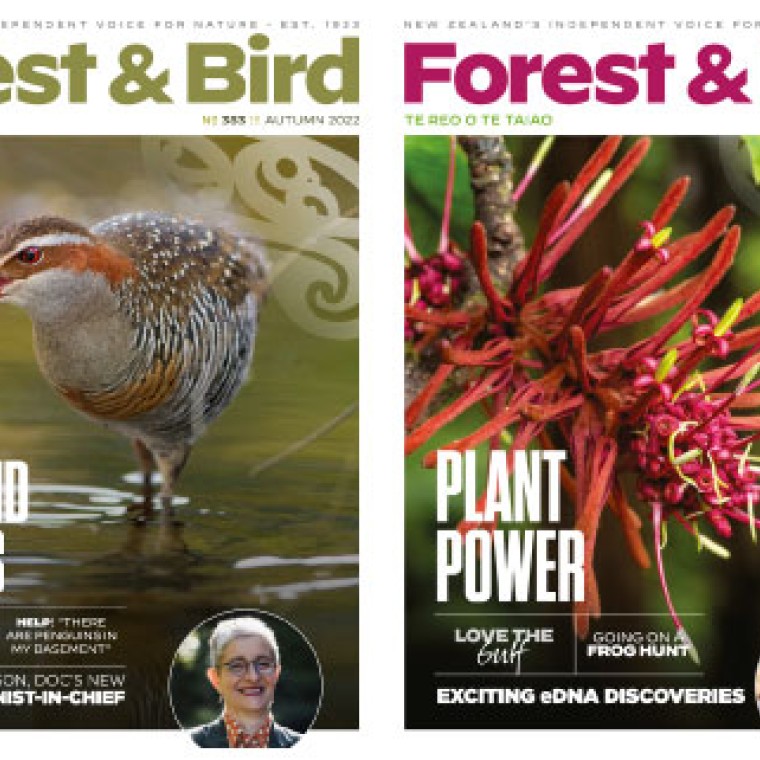Kia ora Conservation Minister, The Honourable Tama Potaka,
The Denniston Plateau is a 'lost world’ landscape of vast sandstone pavements, fragile wetlands, and rare ecosystems.
This remarkable West Coast plateau is home to roroa great spotted kiwi, endangered Powelliphanta land snails, unique lizards, and rare invertebrates.
I urge you to reclassify the internationally significant Denniston Plateau (currently conservation stewardship land) as a scientific reserve, because:
- Denniston hosts unique ecological associations which, if destroyed, cannot be recreated.
- Denniston is rated by Department of Conservation scientists as one of the top 50 most ecologically valuable sites in Aotearoa. This public conservation land should be permanently protected for nature – not destroyed by a massive coal mining expansion.
- Denniston’s harsh climate keeps introduced predator numbers low, making this a vital mainland refuge for vulnerable plants and animals.
- The International Energy Agency has said there should be no new or expanded coal mines for a safe climate. Committing to this coal mining until 2050 would release an estimated fifty million tonnes of CO2 into the atmosphere. This is equivalent to a year of our current annual emissions, undermining climate efforts and fuelling environmental harm.
- New Zealanders are already paying enormous cleanup costs from past mining. We must not repeat those mistakes.
A proposed large-scale opencast coal mining expansion would dig up an area equivalent to 1,700 rugby fields, completely destroying the ecosystems which are present.
Please act now to protect Denniston by making it a scientific reserve.
Photo credit: Neil Silverwood
